Key Takeaways
Cartoon sculpture thrives at the intersection of playful exaggeration and collective creativity, transforming public spaces into arenas of shared storytelling. Unlike traditional art forms, these works prioritize accessibility, using bold shapes and vibrant colors to invite viewers into a visual dialogue. By distilling complex narratives into simplified forms, artists bridge gaps between diverse audiences, fostering connections through humor and nostalgia.
"Cartoon sculptures act as visual handshakes—they’re approachable, disarmingly honest, and designed to spark joy first, questions later." – Community Art Advocate
A defining trait lies in their community-driven origins. Projects often emerge from workshops or local collaborations, where residents contribute ideas that reflect collective identities. This participatory approach democratizes art-making, shifting it from solitary studios to parks and street corners. For instance, kinetic sculpture installations—which incorporate motion—further engage audiences by blending interactivity with cartoonish charm.
Tip: When observing cartoon sculptures, note how exaggerated features (oversized eyes, dynamic poses) amplify emotional resonance without overwhelming detail. This intentional simplicity allows viewers to imprint personal interpretations, making the art feel uniquely theirs.
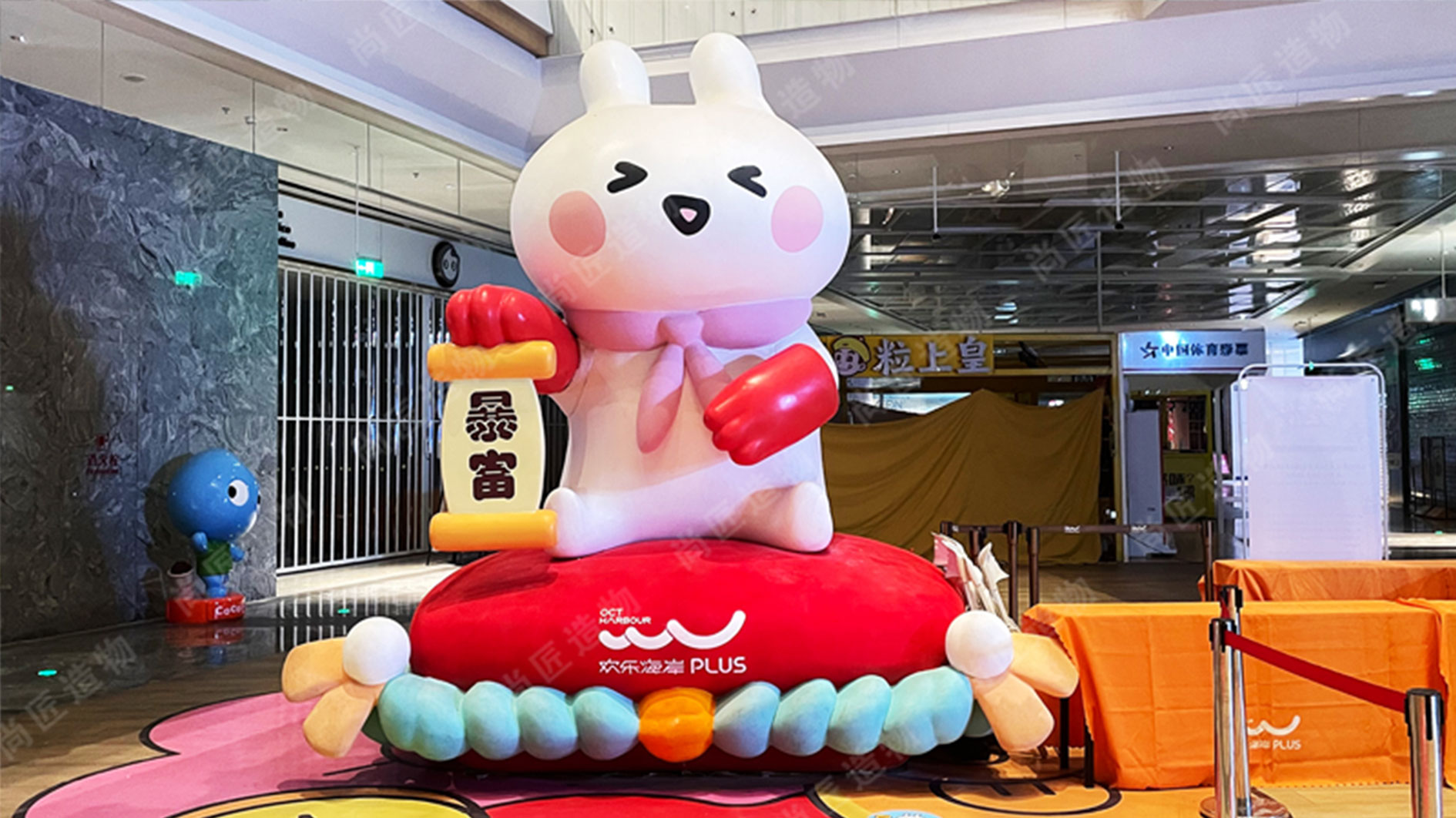
Whimsical Forms in Cartoon Sculpture Art
At its core, cartoon sculpture thrives on bending reality through exaggerated proportions and dynamic shapes. Unlike traditional figurative art, which prioritizes anatomical precision, these forms amplify features like oversized eyes, elongated limbs, or gravity-defying poses to evoke humor and wonder. This intentional distortion transforms static materials—clay, resin, or metal—into kinetic-seeming works that appear ready to spring to life. Historically rooted in early 20th-century animation, artists such as Tex Avery and Chuck Jones pioneered visual languages that now inspire sculptors to reinterpret characters in three dimensions.
Modern practitioners often blend digital modeling with hand-sculpting techniques to achieve crisp, fluid lines that maintain a handcrafted charm. For instance, Cartoon sculpture projects in urban parks frequently use polychrome finishes to heighten vibrancy, turning public spaces into interactive storybooks. By prioritizing approachability over realism, these works bridge generational divides, inviting viewers to project their own narratives onto the art. Such playful forms not only challenge perceptions of “serious” sculpture but also lay the groundwork for community-driven dialogues, seamlessly transitioning into discussions about collective creativity in shared spaces.
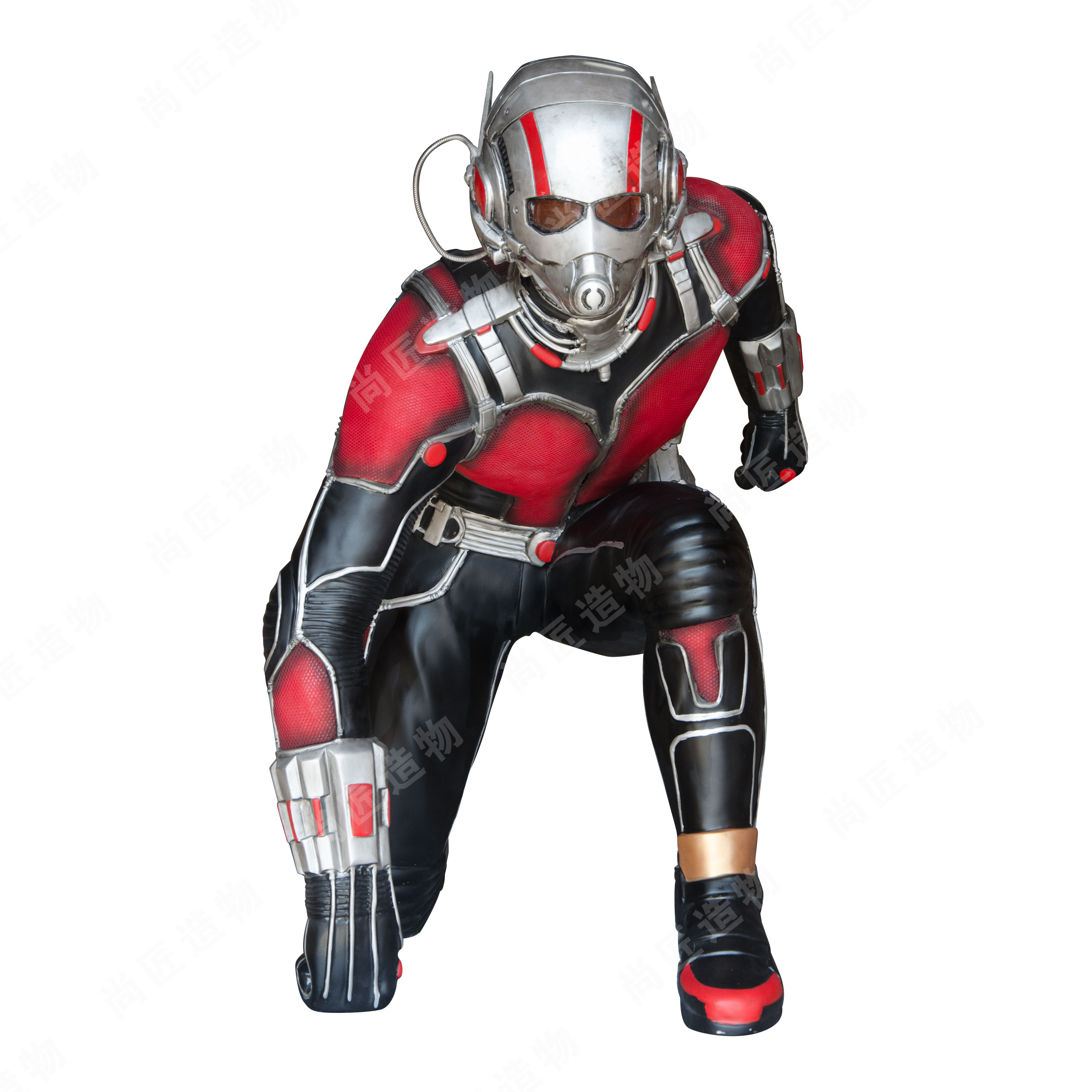
Community-Driven Cartoon Sculpture Creation
Community-driven cartoon sculpture thrives on collective imagination, transforming public spaces into shared canvases. Unlike traditional art forms, these projects prioritize inclusivity, inviting local residents to contribute ideas, materials, or labor. For example, neighborhood workshops often use lightweight, durable materials like fiberglass sculpture to ensure accessibility and longevity in outdoor settings. This collaborative approach bridges gaps between professional artists and amateur creators, fostering a sense of ownership and pride.
A 2022 study by the Urban Arts Initiative found that 73% of community sculpture projects incorporated cartoon-inspired designs due to their universal appeal and adaptability. These works often feature exaggerated expressions or dynamic poses, making them relatable across age groups. Below is a comparison of traditional vs. community-driven sculpture practices:
| Aspect | Traditional Sculpture | Community-Driven Cartoon Sculpture |
|---|---|---|
| Primary Creators | Professional artists | Artists + community members |
| Material Flexibility | Limited by artistic norms | Adaptive (e.g., fiberglass, recycled) |
| Audience Interaction | Observational | Participatory (workshops, voting) |
By decentralizing artistic decision-making, these projects democratize creativity while addressing local narratives. Parks, schools, and transit hubs become stages for playful storytelling, where whimsical forms spark conversations about identity, history, or environmental themes. Such initiatives prove that art need not be exclusive to galleries—it can flourish where people gather, laugh, and collaborate.
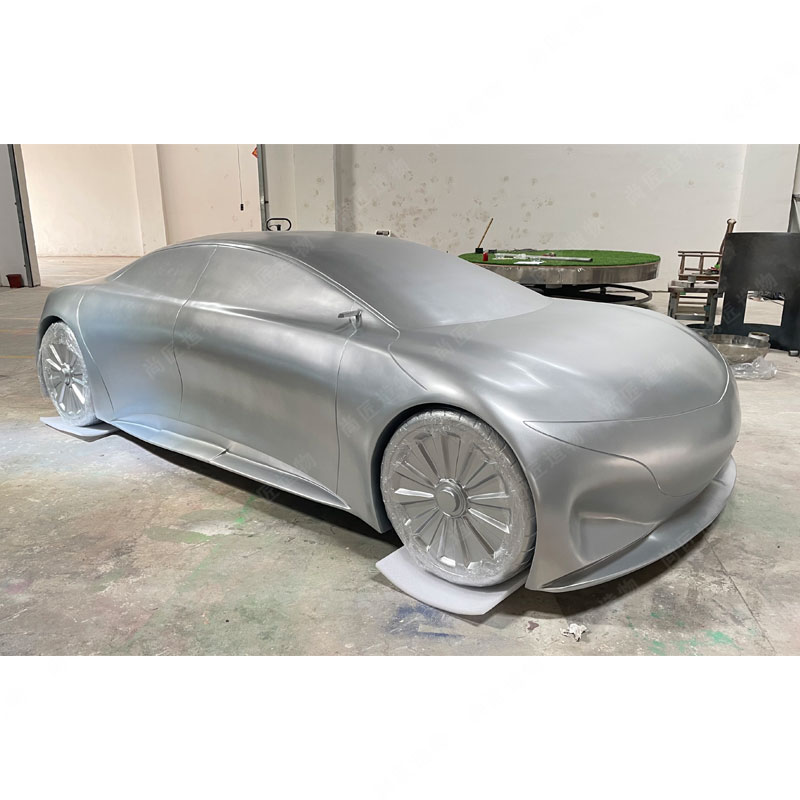
Exaggerated Shapes: Sculpture’s Playful Essence
Cartoon sculpture thrives on distortion, bending reality into forms that amplify humor and emotion. By stretching limbs, enlarging features, or warping proportions, artists create visual narratives that bypass literal interpretation. These exaggerated shapes—whether a bulbous nose or comically oversized hands—serve as universal symbols, inviting viewers to engage with art through instinct rather than intellectual analysis. Unlike traditional figurative works, cartoon sculptures often incorporate materials like stainless steel for durability in outdoor settings while maintaining a whimsical aesthetic.
This approach democratizes artistic engagement, as exaggerated forms resonate across age groups and cultural backgrounds. A towering, cartoonish animal in a park square becomes both a landmark and a conversation starter, softening the boundary between high art and public play. The deliberate simplicity of these shapes also allows communities to project their own stories onto the work, fostering shared ownership of urban spaces. Such sculptures balance technical craftsmanship with childlike wonder, proving that complexity of meaning need not rely on realism.
Vibrant Storytelling Through Cartoon Sculptures
Cartoon sculptures transform static forms into dynamic narratives by merging exaggerated aesthetics with universal themes. Unlike Realistic sculpture, which prioritizes anatomical precision, these works amplify emotions and ideas through oversized features, bold lines, and saturated colors. A grinning character with comically large hands might symbolize generosity, while a towering creature with mismatched proportions could represent ecological imbalance. This visual shorthand allows artists to communicate complex messages quickly, bridging language barriers and cultural differences.
Local artists often incorporate regional folklore or social commentary into their designs, turning parks and street corners into open-air storybooks. For instance, a sculpture series depicting animals in human roles might critique urban consumerism or celebrate community cooperation. By blending humor with intention, these works invite viewers to reflect while remaining approachable. This balance between levity and depth reinforces how cartoon sculptures act as tactile storytellers—sparking curiosity without demanding specialized art knowledge. Their accessibility ensures public spaces become stages for shared interpretation, seamlessly linking individual imagination to collective experience.
Cartoon Sculptures as Accessible Public Dialogue
Cartoon sculptures redefine how communities interact with art by transforming rigid public spaces into dynamic storytelling platforms. Unlike traditional art forms that may feel exclusionary, these whimsical creations use exaggerated proportions and vibrant colors to invite spontaneous engagement. A child pointing at a towering IP character sculpture or a group debating the narrative behind a surreal animal figure exemplifies how these works democratize artistic interpretation. This accessibility stems from their visual immediacy—simplified forms and playful themes bypass cultural or educational barriers, allowing diverse audiences to participate equally in meaning-making.
Municipal projects increasingly leverage cartoon sculptures to spark conversations about local identity or social issues. For instance, a city might install a series of oversized, comically distressed fish sculptures near a riverbank to humorously highlight environmental concerns. Such installations act as visual icebreakers, encouraging strangers to share observations or memories tied to the artwork. By merging lighthearted aesthetics with community-driven placement, cartoon sculptures bridge the gap between artistic intent and public reception, proving that meaningful dialogue doesn’t require complexity—just a shared willingness to play.
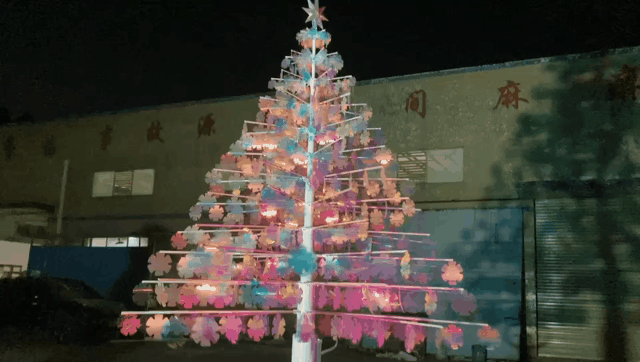
Playful Dimensions in Community Art Spaces
Community art spaces transform into dynamic playgrounds when cartoon sculptures anchor their landscapes. Unlike traditional public art, these works invite tactile exploration—curved surfaces beg to be touched, oversized features prompt selfie interactions, and hidden narrative details reward prolonged observation. A park bench morphs into a dragon’s tail; a fountain becomes a cluster of giggling stone faces. This approach shifts art from passive viewing to participatory experience, particularly resonating in areas where formal galleries feel inaccessible.
Local artists often collaborate with residents to reflect neighborhood identity through exaggerated forms. A coastal town might feature fish-shaped bike racks with comically bulging eyes, while an urban plaza could showcase stacked geometric figures mimicking the skyline. These installations act as social glue, sparking conversations among strangers who pause to decipher visual jokes or recall childhood cartoons. Crucially, the simplicity of cartoon aesthetics—bold lines, saturated colors—creates instant recognition across age groups and cultural backgrounds. By embedding whimsy into shared environments, communities craft spaces where art transcends decoration to become active, living dialogue.
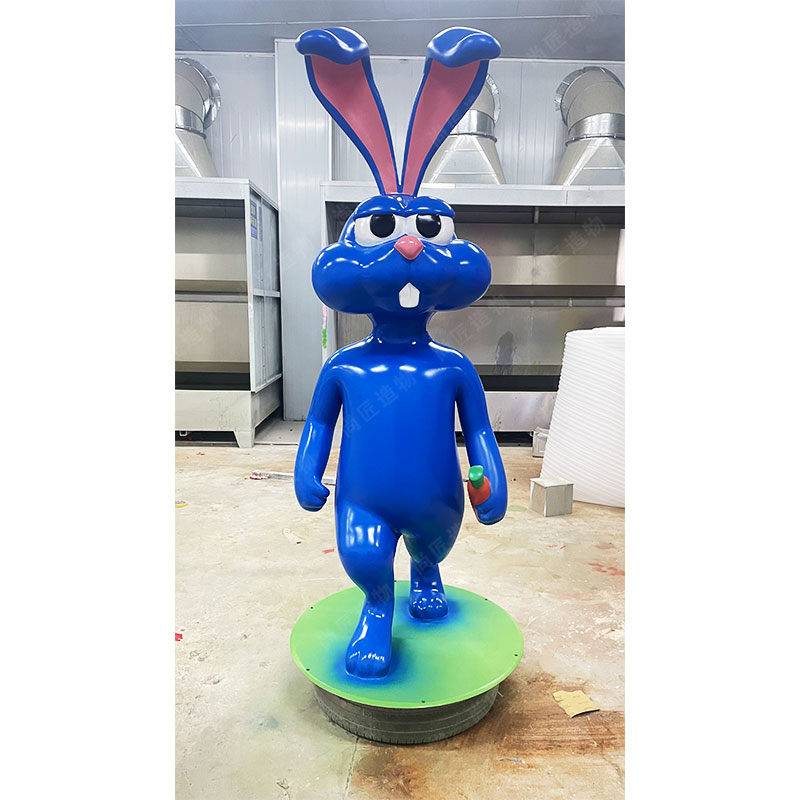
Democratizing Art via Cartoon Sculpture Forms
Cartoon sculpture transforms art from an exclusive experience into a shared public language. By using exaggerated shapes and approachable themes, these works bypass traditional barriers like formal training or gallery access. Unlike classical sculptures that may feel intimidating, cartoon-inspired forms invite interaction—think of oversized grinning characters in parks or abstract figures with bold colors on street corners. This accessibility stems from their roots in pop culture, where familiar visual motifs resonate across age groups and backgrounds.
Public installations often involve community input, further breaking down hierarchies between artists and audiences. Local residents might vote on designs or collaborate on murals featuring cartoon elements, fostering ownership of communal spaces. Such projects prioritize engagement over perfection, valuing collective storytelling as much as aesthetic polish. This shift mirrors broader trends in participatory art but retains cartooning’s core trait: distilling complex ideas into universally readable forms. By blending playfulness with social intent, cartoon sculptures redefine who gets to create, critique, and claim public art as their own.
Cartoon Sculpture’s Role in Community Engagement
Cartoon sculptures act as bridges between art and everyday life, fostering connections by transforming public spaces into stages for shared experiences. Unlike traditional sculptures, which may feel distant or formal, their exaggerated features and playful themes invite interaction. For example, a whimsical animal sculpture in a park becomes a gathering spot for families, while a larger-than-life character in a town square sparks conversations among strangers. By blending humor with approachable aesthetics, these works lower barriers to engagement, encouraging people of all ages and backgrounds to participate in communal storytelling.
Local artists often collaborate with residents during creation, hosting workshops where community input shapes designs. This process turns sculpture-making into a collective act, reinforcing ownership and pride. Public installations also serve as catalysts for events like scavenger hunts or photo contests, further weaving art into social routines. Importantly, cartoon sculptures democratize access to creativity by prioritizing joy over complexity, making art appreciation less intimidating. Through these strategies, they strengthen neighborhood identity while nurturing spaces where dialogue flows as freely as imagination.
Conclusion
Cartoon sculpture’s defining power lies in its ability to bridge playful aesthetics with meaningful social exchange. By prioritizing exaggerated forms and vibrant narratives, this art form transcends traditional boundaries, inviting viewers into a shared visual language that feels both familiar and fantastical. Its accessibility—rooted in whimsicality rather than complexity—enables public spaces to become stages for collective interpretation, where diverse audiences engage with art on equal footing. Community-driven creation further amplifies this dynamic, as collaborative projects transform neighborhoods into canvases for participatory storytelling. Unlike conventional sculpture, which often demands specialized knowledge, cartoon-inspired works thrive on immediacy, using humor and distortion to spark conversations about identity, belonging, and shared values. This democratizing effect not only challenges elitist art hierarchies but also reinforces sculpture’s evolving role as a tool for connection in urban and social landscapes. As artists continue merging technical skill with childlike wonder, cartoon sculpture reaffirms that public art need not sacrifice depth to remain universally resonant.
Frequently Asked Questions
What materials are commonly used in cartoon sculpture creation?
Cartoon sculptures often utilize durable materials like bronze, fiberglass, or resin to withstand outdoor conditions. These materials allow for vibrant color finishes and exaggerated shapes that capture the playful essence of the art form.
How do cartoon sculptures foster community engagement?
By incorporating whimsical themes and relatable narratives, these sculptures invite public interaction. Communities often collaborate on designs, turning parks or streets into shared art spaces that spark dialogue and collective pride.
Are cartoon sculptures considered "serious" art?
While playful in appearance, cartoon sculptures carry artistic rigor through intentional design and storytelling. They challenge traditional norms by blending humor with cultural commentary, democratizing art for broader audiences.
Can anyone participate in community-driven sculpture projects?
Yes—many initiatives prioritize accessibility, inviting residents of all skill levels to contribute ideas or assist in workshops. This approach transforms art creation into a social experience, reinforcing ties between artists and neighborhoods.
Why are exaggerated forms central to cartoon sculpture?
Exaggeration amplifies emotion and narrative, making themes instantly recognizable. Oversized features or dynamic poses create visual impact, ensuring the artwork resonates across diverse age groups and cultural backgrounds.
How do cartoon sculptures enhance public spaces?
They inject levity and color into urban environments, transforming mundane areas into destinations. By blending art with daily life, these sculptures encourage spontaneous interactions and reinterpretations of shared spaces.
 ch
ch English
English






